Home>Furniture & Design>Outdoor Furniture>How To Install Outdoor Speakers
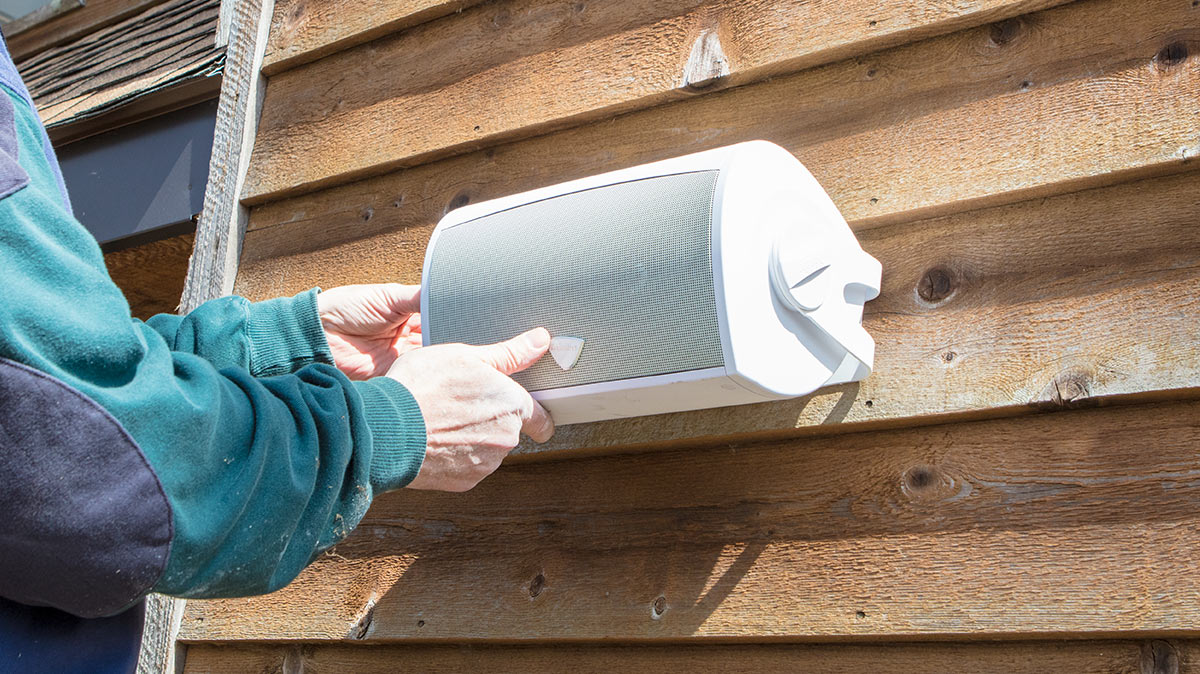

Outdoor Furniture
How To Install Outdoor Speakers
Published: January 15, 2024
Learn how to install outdoor speakers to enhance your outdoor living space. Find the best outdoor furniture and design tips for creating the perfect outdoor entertainment area. Discover everything you need to know about setting up outdoor speakers.
(Many of the links in this article redirect to a specific reviewed product. Your purchase of these products through affiliate links helps to generate commission for Storables.com, at no extra cost. Learn more)
Introduction
Outdoor speakers can transform your outdoor living space into a lively and entertaining environment. Whether you're hosting a summer barbecue, enjoying a relaxing evening by the pool, or simply unwinding on your patio, the right outdoor speakers can elevate the ambiance and create a vibrant atmosphere. However, installing outdoor speakers requires careful planning and execution to ensure optimal sound quality and durability in various weather conditions.
In this comprehensive guide, we will walk you through the essential steps for installing outdoor speakers. From choosing the right speakers for your outdoor setup to strategically planning their placement and executing the installation process, we've got you covered. By the end of this guide, you'll be well-equipped to set up your outdoor speakers with confidence, allowing you to enjoy your favorite music and audio content in the great outdoors.
So, let's dive into the world of outdoor audio and discover how you can enhance your outdoor living space with the perfect sound system. Whether you're a music enthusiast, a party host, or someone who simply enjoys the serenity of nature accompanied by soothing melodies, the addition of outdoor speakers can truly enrich your outdoor experience. Get ready to embark on this exciting journey of bringing exceptional audio quality to your outdoor oasis.
Key Takeaways:
- Choosing the right outdoor speakers is crucial. Consider weather resistance, sound quality, power handling, mounting options, and aesthetics to enhance your outdoor entertainment experience with high-quality sound.
- Strategic planning and careful installation of outdoor speakers are essential. Consider speaker placement, preparation of the installation area, connecting the speakers to the audio source, and testing and adjusting for optimal outdoor sound.
Read more: How To Install Wireless Outdoor Speakers
Choosing the Right Outdoor Speakers
When it comes to selecting outdoor speakers, it’s crucial to consider factors that are unique to outdoor environments. Unlike indoor speakers, outdoor speakers need to withstand exposure to the elements while delivering clear and immersive sound. Here are essential considerations to keep in mind when choosing the right outdoor speakers for your space:
- Weather Resistance: Opt for outdoor speakers specifically designed to withstand various weather conditions, including rain, humidity, and temperature fluctuations. Look for speakers with weather-resistant materials and durable construction to ensure longevity and consistent performance.
- Sound Quality: While durability is important, it should not come at the expense of sound quality. Choose speakers that deliver high-fidelity sound with balanced bass, midrange, and treble, allowing you to enjoy your favorite music with clarity and depth.
- Power Handling: Consider the power handling capabilities of the speakers to ensure they can produce sufficient sound levels for your outdoor area. Whether you have a small patio or a spacious backyard, the speakers should be able to deliver adequate volume without distortion.
- Mounting Options: Evaluate the mounting options for the speakers, taking into account the layout of your outdoor space. Whether you prefer surface-mounted speakers, in-ground models, or speakers that can be mounted on walls or under eaves, choose the option that best suits your aesthetic preferences and space constraints.
- Aesthetics: Outdoor speakers come in various designs and finishes. Consider the visual appeal of the speakers and how well they complement your outdoor décor. From discreet, unobtrusive designs to stylish options that make a statement, select speakers that enhance the overall look of your outdoor area.
By carefully evaluating these factors, you can narrow down your options and choose outdoor speakers that align with your specific requirements. Whether you prioritize durability, audio performance, or seamless integration with your outdoor aesthetics, the right outdoor speakers can elevate your outdoor entertainment experience to new heights.
Planning the Speaker Placement
Strategic speaker placement is essential for achieving balanced sound coverage and optimal listening experiences in outdoor settings. Before installing your outdoor speakers, it’s crucial to carefully plan their placement to ensure even distribution of sound and minimal audio distortion. Here are key considerations for planning the placement of your outdoor speakers:
- Area Coverage: Assess the layout of your outdoor space and identify areas where you want to have consistent sound coverage. Whether it’s a patio, deck, poolside, or garden, understanding the areas where people will be congregating or moving around will help you determine the number of speakers needed and their placement locations.
- Listening Zones: Consider the specific listening zones within your outdoor area. Determine where individuals are likely to sit, stand, or gather, and plan the speaker placement to cater to these zones. By strategically positioning the speakers, you can create an immersive listening experience throughout the entire outdoor space.
- Directionality: Take into account the direction in which the speakers emit sound. Depending on the speaker type and design, some speakers may have a wider dispersion pattern, while others may be more directional. Understanding the speaker’s dispersion characteristics will help you position them for optimal sound projection.
- Elevation and Angles: Evaluate the elevation and angles at which the speakers will be installed. Mounting speakers at appropriate heights and angles can enhance sound propagation and minimize obstructions that could affect the audio quality.
- Distance from Listeners: Determine the ideal distance between the speakers and the primary listening areas. Balancing the proximity of the speakers to the listeners ensures that the sound remains clear and well-distributed without being overpowering or distant.
By carefully considering these factors and conducting a thorough assessment of your outdoor space, you can develop a comprehensive plan for speaker placement that maximizes the sonic impact of your outdoor audio system. Effective planning will contribute to a cohesive and immersive auditory experience, allowing you and your guests to enjoy high-quality sound throughout your outdoor gatherings and leisure time.
Preparing the Installation Area
Before proceeding with the installation of outdoor speakers, it’s essential to prepare the installation area to ensure a seamless and secure setup. Adequate preparation not only facilitates the installation process but also contributes to the long-term durability and performance of the speakers. Here are important steps to prepare the installation area for your outdoor speakers:
- Clearing the Space: Begin by clearing the installation area of any obstructions, debris, or potential hazards. Remove any objects that could impede the installation process or interfere with the placement of the speakers. Clearing the space creates a clean and safe environment for the installation work.
- Assessing Mounting Surfaces: Evaluate the surfaces where the speakers will be mounted or installed. Whether you’re mounting the speakers on walls, posts, or other structures, ensure that the surfaces are structurally sound and capable of supporting the weight of the speakers. Additionally, consider the material of the mounting surfaces, such as wood, concrete, or stone, to determine the appropriate installation hardware.
- Electrical Considerations: If the outdoor speakers require a power source, assess the availability of nearby electrical outlets or the feasibility of routing power cables to the installation area. Plan for safe and weatherproof electrical connections, and if necessary, consult a qualified electrician to ensure compliance with electrical codes and safety standards.
- Weatherproofing Measures: Take proactive steps to weatherproof the installation area and protect the speakers from environmental elements. This may involve applying weather-resistant sealants, gaskets, or enclosures to safeguard the speaker connections, mounting hardware, and surrounding surfaces from moisture and other weather-related factors.
- Cable Routing: Plan the routing of speaker cables from the audio source to the installation area. Determine the optimal cable pathways, considering factors such as cable length, concealment options, and protection against potential damage from foot traffic or landscaping activities.
By meticulously preparing the installation area, you can lay the groundwork for a successful and reliable installation of your outdoor speakers. Attention to detail during the preparation phase contributes to the overall effectiveness and longevity of your outdoor audio system, ensuring that it delivers consistent performance and enjoyment in your outdoor living space.
When installing outdoor speakers, make sure to place them in a sheltered location to protect them from the elements. This will help prolong their lifespan and ensure better sound quality.
Installing the Outdoor Speakers
With careful planning and preparation complete, it’s time to proceed with the installation of your outdoor speakers. Whether you’re mounting speakers on walls, positioning them on the ground, or integrating them into landscaping features, the installation process requires attention to detail and precision. Here’s a step-by-step guide to installing outdoor speakers:
- Mounting or Placement: Depending on the type of outdoor speakers you have chosen, follow the manufacturer’s guidelines for mounting or placement. Use appropriate hardware and mounting brackets if necessary, ensuring that the speakers are securely positioned to withstand outdoor conditions and minimize vibrations that could affect sound quality.
- Weatherproofing: Apply weatherproofing measures as recommended by the speaker manufacturer. This may involve sealing connections, using weather-resistant gaskets or enclosures, and protecting exposed components from moisture and debris. Proper weatherproofing safeguards the speakers and prolongs their lifespan in outdoor environments.
- Cable Connection: Connect the speaker cables to the designated terminals on the speakers, following the polarity markings to ensure correct wiring. Use weatherproof cable connectors or enclosures to protect the cable connections from moisture and environmental exposure.
- Securing Cable Pathways: Secure the speaker cables along their designated pathways, whether it’s along walls, under eaves, or beneath the ground. Use cable clips, conduit, or burying techniques to safeguard the cables and prevent tripping hazards or accidental damage.
- Ground-Level Speakers: If installing ground-level speakers, ensure that they are positioned on stable and level ground. Take measures to conceal the speaker cables within the landscape, utilizing creative techniques such as burying cables beneath mulch, gravel, or within designated cable trenches.
- Final Positioning and Alignment: Once the speakers are installed and connected, make any necessary adjustments to their positioning and alignment. Ensure that the speakers are oriented and angled according to your predetermined plan for optimal sound projection and coverage of the outdoor area.
By meticulously following these installation steps and adhering to the manufacturer’s guidelines, you can effectively install your outdoor speakers with confidence. Attention to detail during the installation process contributes to the overall performance, longevity, and aesthetic integration of the speakers within your outdoor environment.
Read more: How To Install Bose 251 Outdoor Speakers
Connecting the Speakers to the Audio Source
Once the outdoor speakers are securely installed, the next crucial step is to connect them to the audio source, whether it’s a stereo receiver, amplifier, or a dedicated outdoor audio system. Properly establishing the audio connections ensures that the speakers receive the audio signals and deliver high-quality sound to your outdoor space. Here’s a guide to connecting the speakers to the audio source:
- Audio Source Selection: Determine the audio source that will supply the music or audio content to the outdoor speakers. This may involve utilizing the speaker outputs of a stereo receiver, a dedicated amplifier with speaker-level inputs, or a wireless audio transmitter compatible with outdoor speakers.
- Speaker Wire Routing: Route the speaker cables from the outdoor speakers to the location of the audio source. Conceal the cables using appropriate methods, such as running them along walls, under decks, or through designated cable pathways to maintain a tidy and unobtrusive appearance.
- Speaker Wire Connection: Connect the speaker cables to the corresponding terminals on the audio source. Ensure that the positive and negative terminals on the speakers align with the corresponding terminals on the audio source, maintaining proper polarity for each speaker connection.
- Amplifier or Receiver Configuration: If using an amplifier or receiver, configure the audio settings and output channels to accommodate the outdoor speakers. Adjust the balance, volume levels, and any equalization settings to optimize the sound output and ensure a balanced audio experience across all connected speakers.
- Wireless Connectivity Setup: If utilizing wireless audio transmitters or receivers, follow the manufacturer’s instructions for pairing the outdoor speakers with the transmitter or connecting them to the wireless audio network. Ensure that the wireless signal strength and stability are sufficient for reliable audio transmission to the outdoor speakers.
- Testing the Audio Signal: Once the connections are established, test the audio signal by playing music or audio content through the outdoor speakers. Verify that each speaker receives the signal and produces sound without distortion or irregularities, making any necessary adjustments to the audio source settings or speaker configurations.
By carefully connecting the outdoor speakers to the audio source and verifying the audio signal integrity, you can ensure that your outdoor audio system operates seamlessly, delivering exceptional sound quality and enhancing the outdoor ambiance with your favorite music and audio content.
Testing and Adjusting the Outdoor Speakers
After completing the installation and connection of your outdoor speakers, thorough testing and adjustment are essential to fine-tune the audio performance and ensure an immersive listening experience in your outdoor space. Testing the speakers allows you to verify their functionality, sound quality, and overall integration with the outdoor environment. Here’s a comprehensive approach to testing and adjusting your outdoor speakers:
- Sound Check: Initiate a sound check by playing a variety of music genres or audio content through the outdoor speakers. Pay attention to the clarity, tonal balance, and volume levels to assess the speakers’ performance across different types of audio material.
- Listening Positions: Move around your outdoor space and evaluate the sound quality from various listening positions. Determine if there are any areas with uneven sound coverage or potential obstructions that may affect the overall listening experience.
- Equalization and Tone Control: If your audio source or amplifier includes equalization and tone control settings, experiment with adjustments to fine-tune the sound output. Tailor the equalization to suit the acoustic characteristics of your outdoor environment and optimize the sonic impact of the speakers.
- Volume Levels: Test the volume levels of the outdoor speakers at different intensities, ensuring that they can deliver sufficient sound output without distortion or strain. Strike a balance between achieving impactful sound and maintaining consideration for your neighbors and local noise regulations.
- Dynamic Range and Bass Response: Evaluate the dynamic range and bass response of the outdoor speakers, particularly if they are equipped with subwoofers or enhanced low-frequency capabilities. Adjust the settings to achieve a balanced and resonant bass performance that complements the overall sound reproduction.
- Environmental Considerations: Factor in environmental elements such as ambient noise, wind conditions, and the presence of reflective surfaces that may impact the perceived sound quality. Make adjustments to compensate for environmental variables and optimize the speakers’ performance under varying outdoor conditions.
By conducting thorough testing and adjustments, you can fine-tune the outdoor speakers to deliver exceptional audio quality and immersive soundscapes in your outdoor living space. This meticulous approach ensures that your outdoor audio system meets your expectations, providing an enriching auditory experience for your outdoor gatherings, relaxation, and entertainment.
Frequently Asked Questions about How To Install Outdoor Speakers
Was this page helpful?
At Storables.com, we guarantee accurate and reliable information. Our content, validated by Expert Board Contributors, is crafted following stringent Editorial Policies. We're committed to providing you with well-researched, expert-backed insights for all your informational needs.
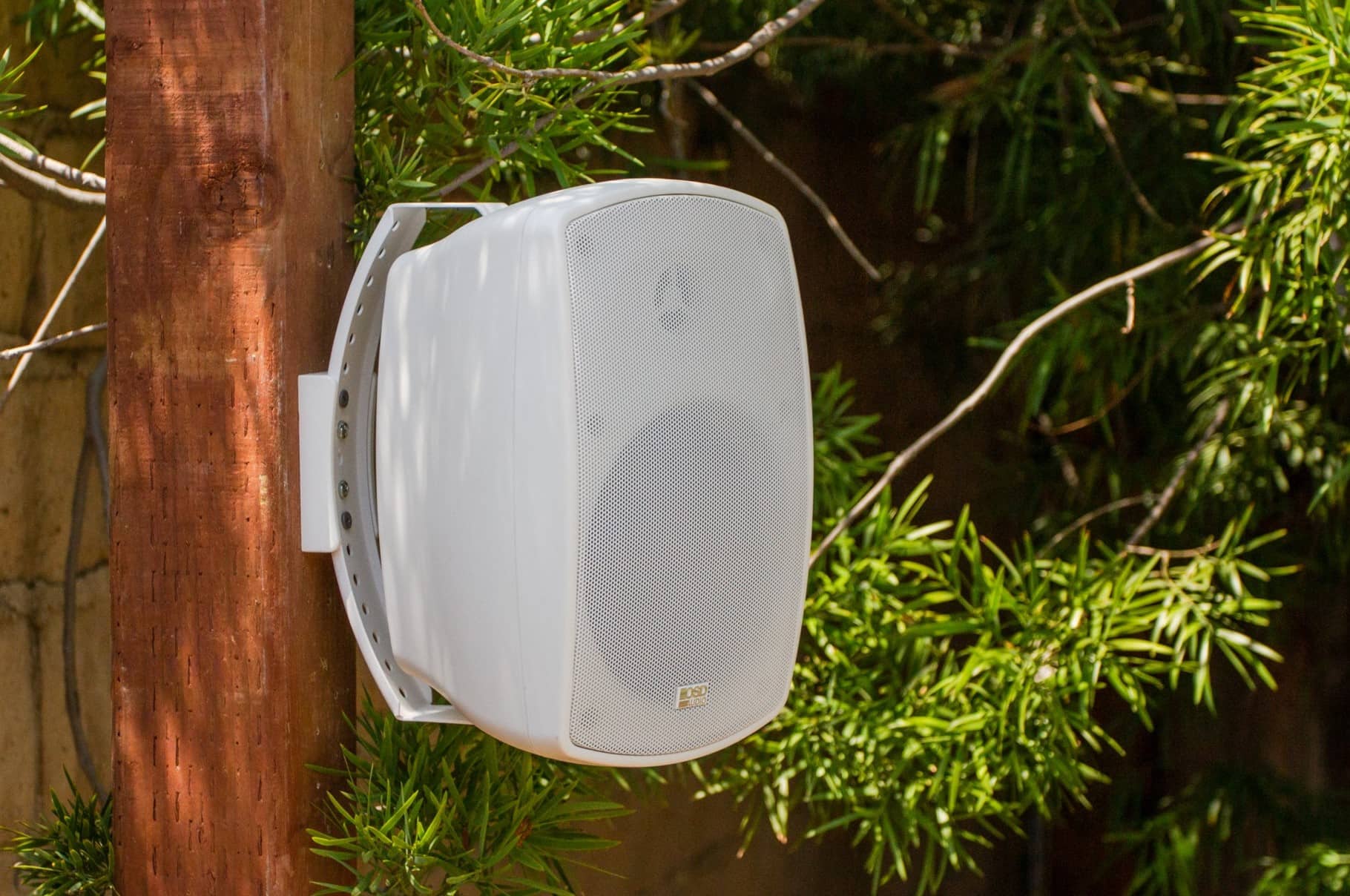
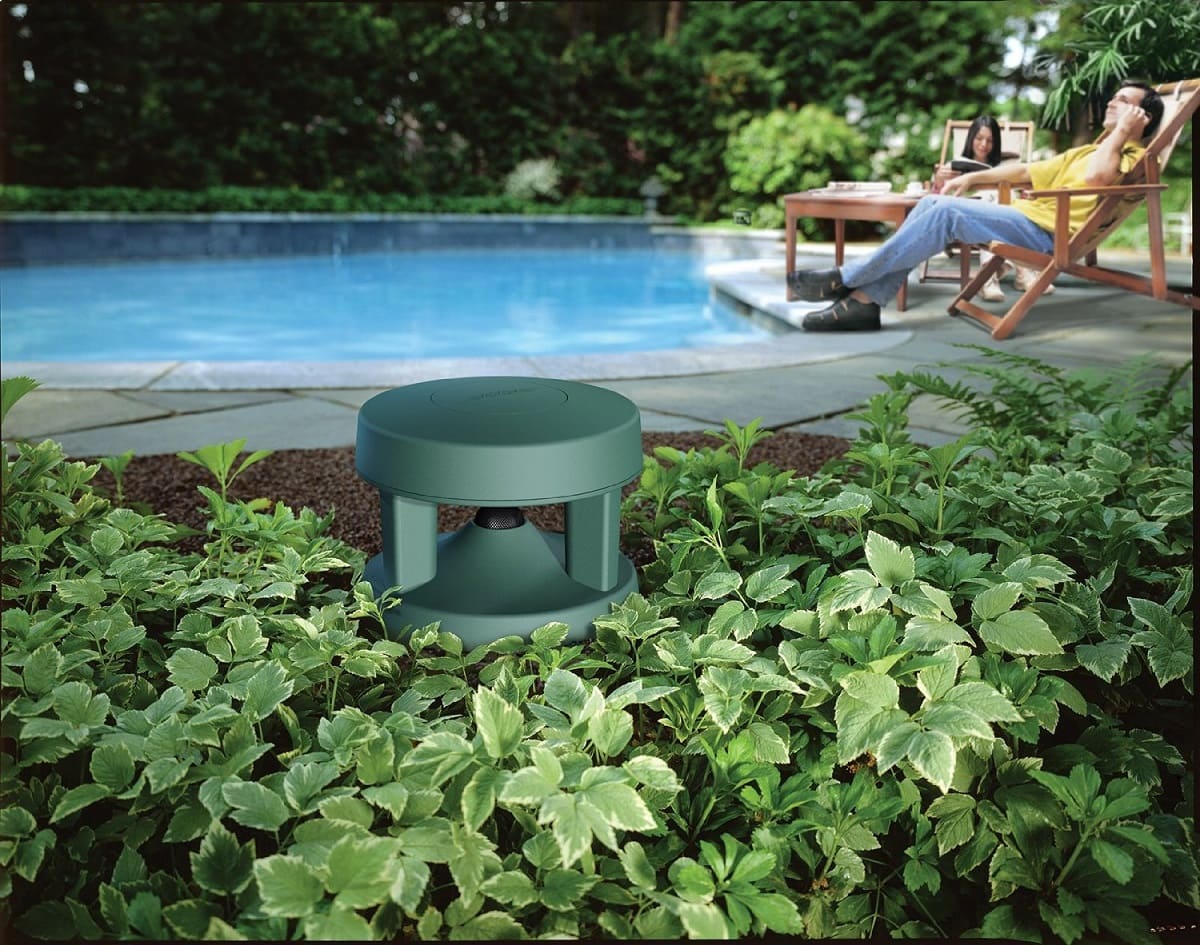
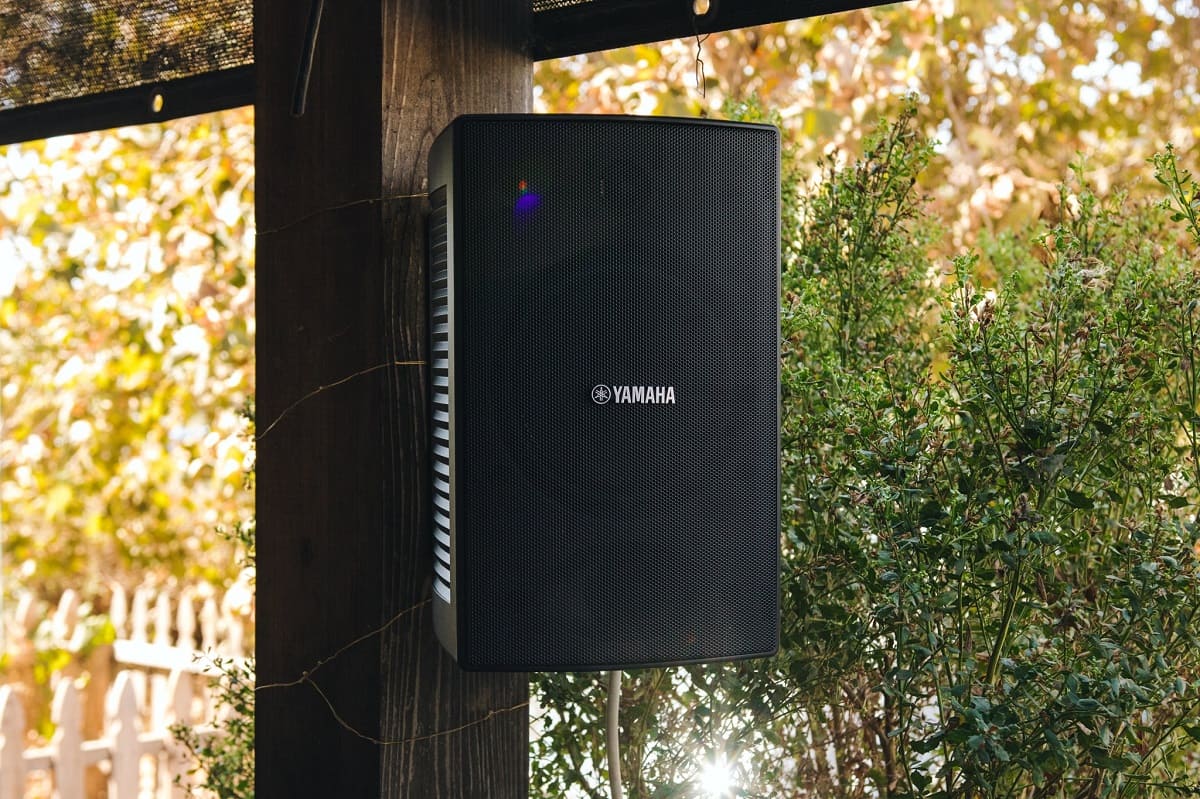
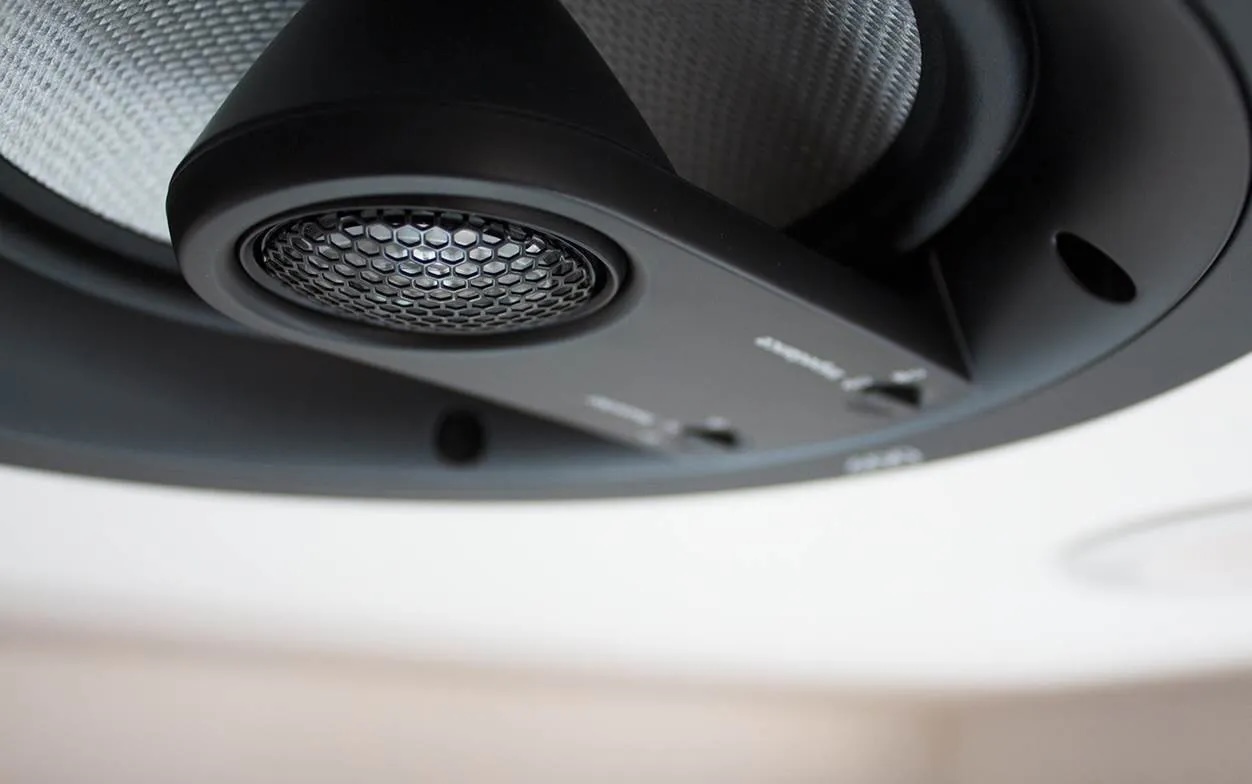
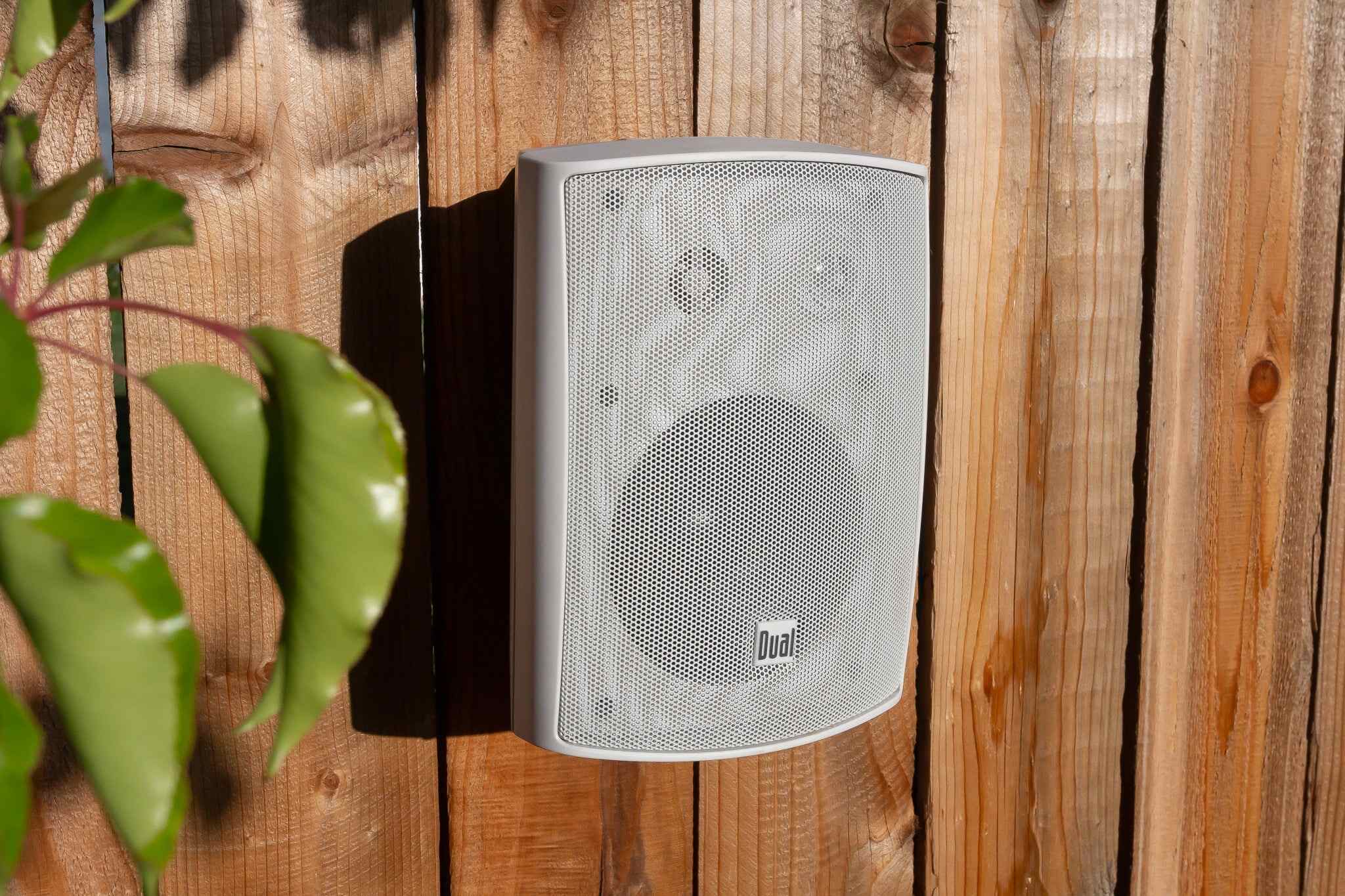
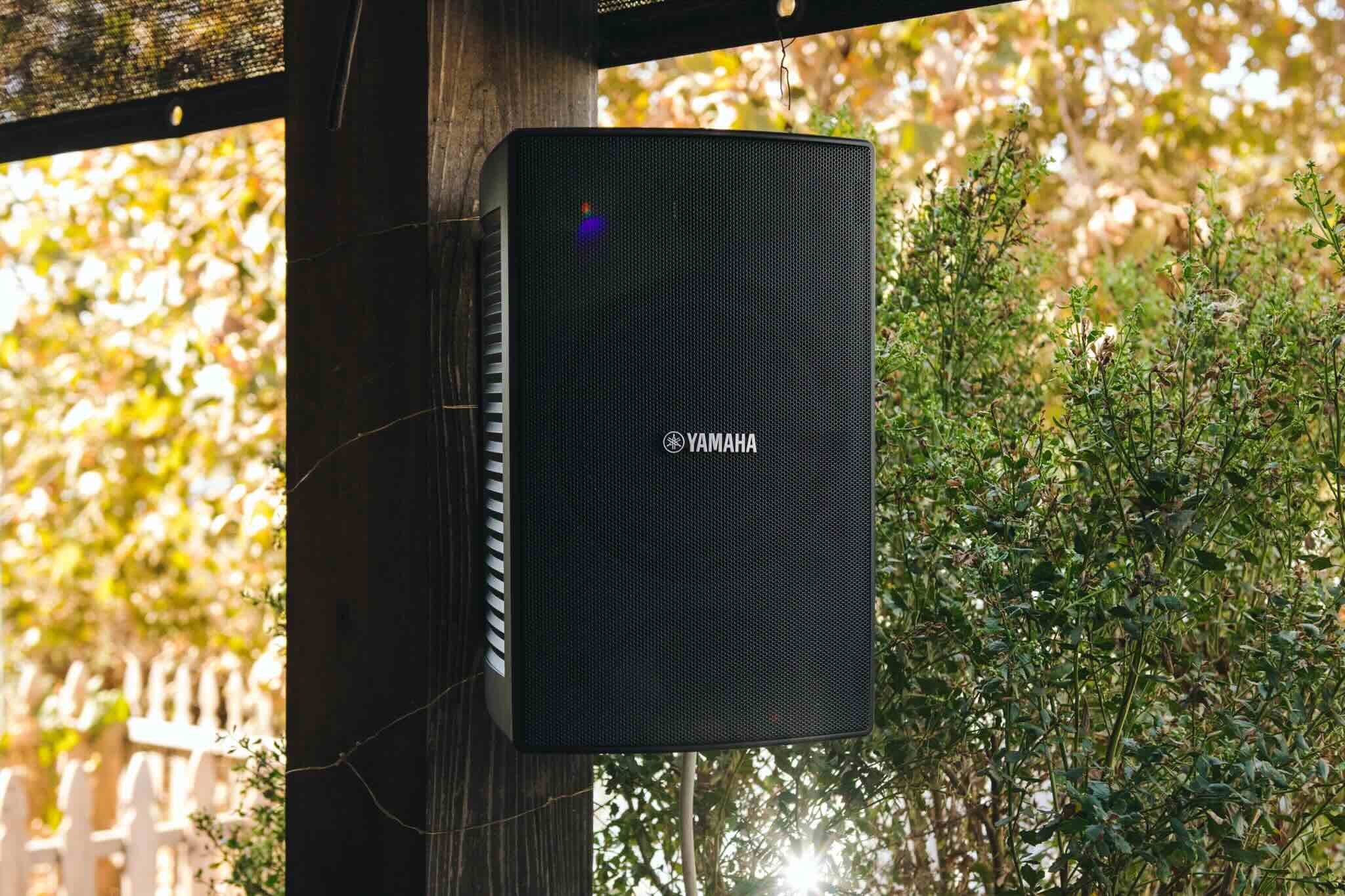
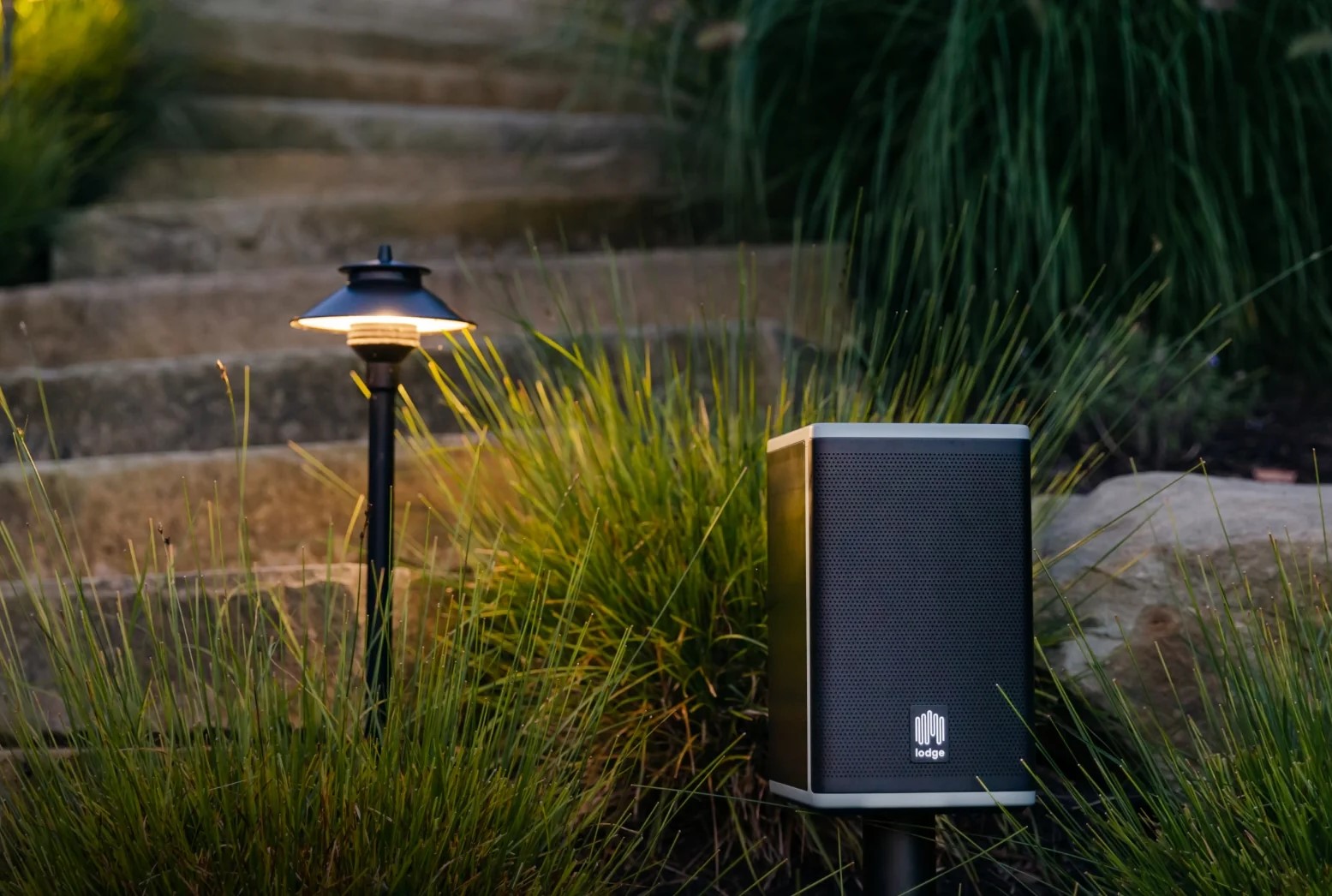
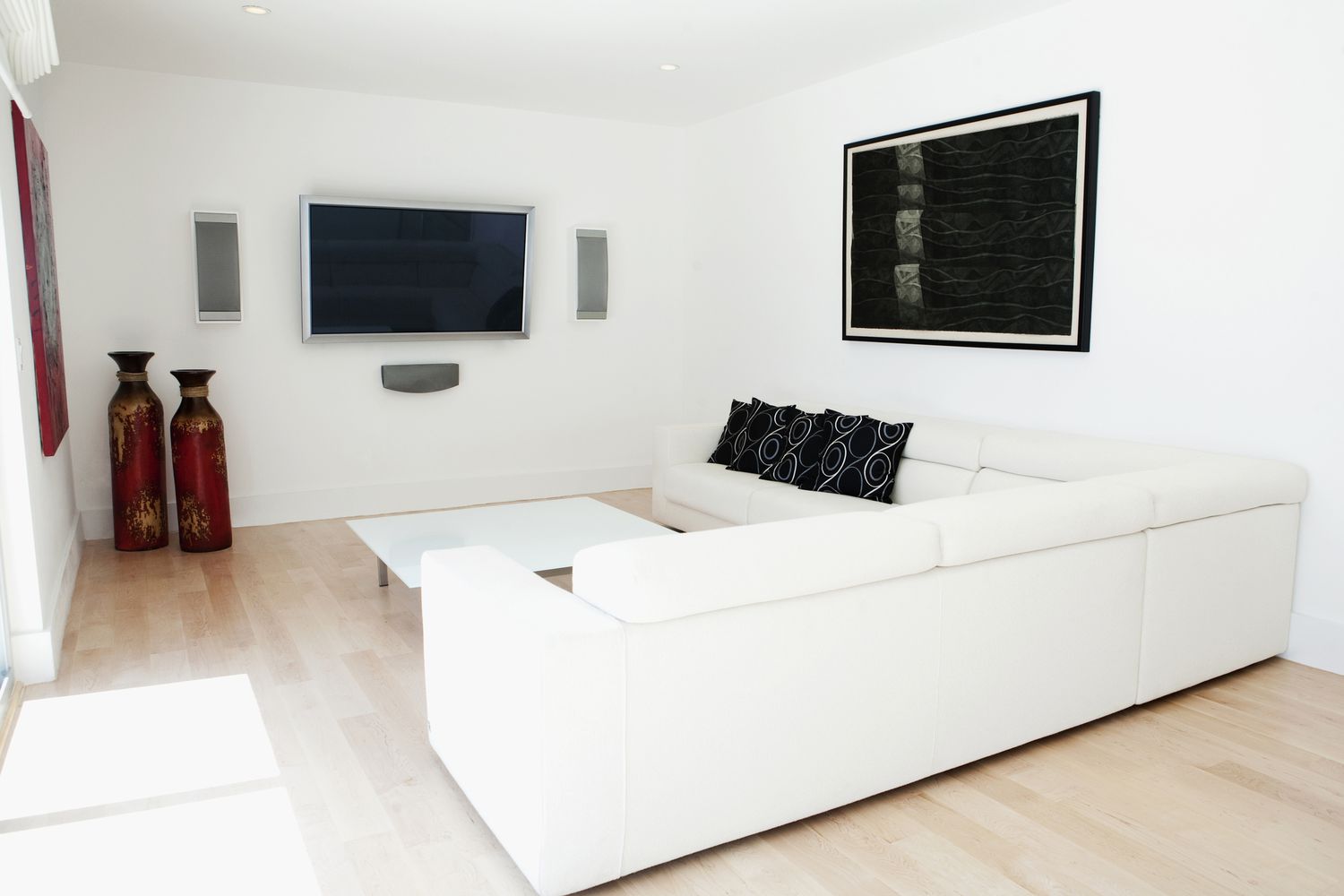
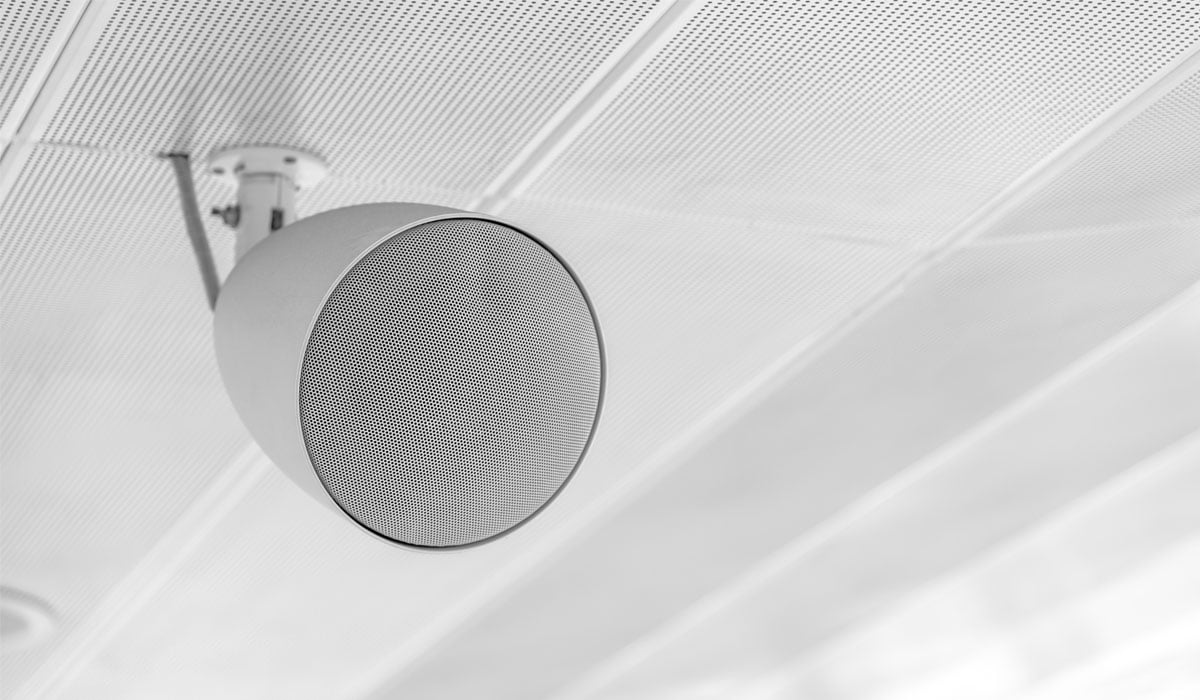
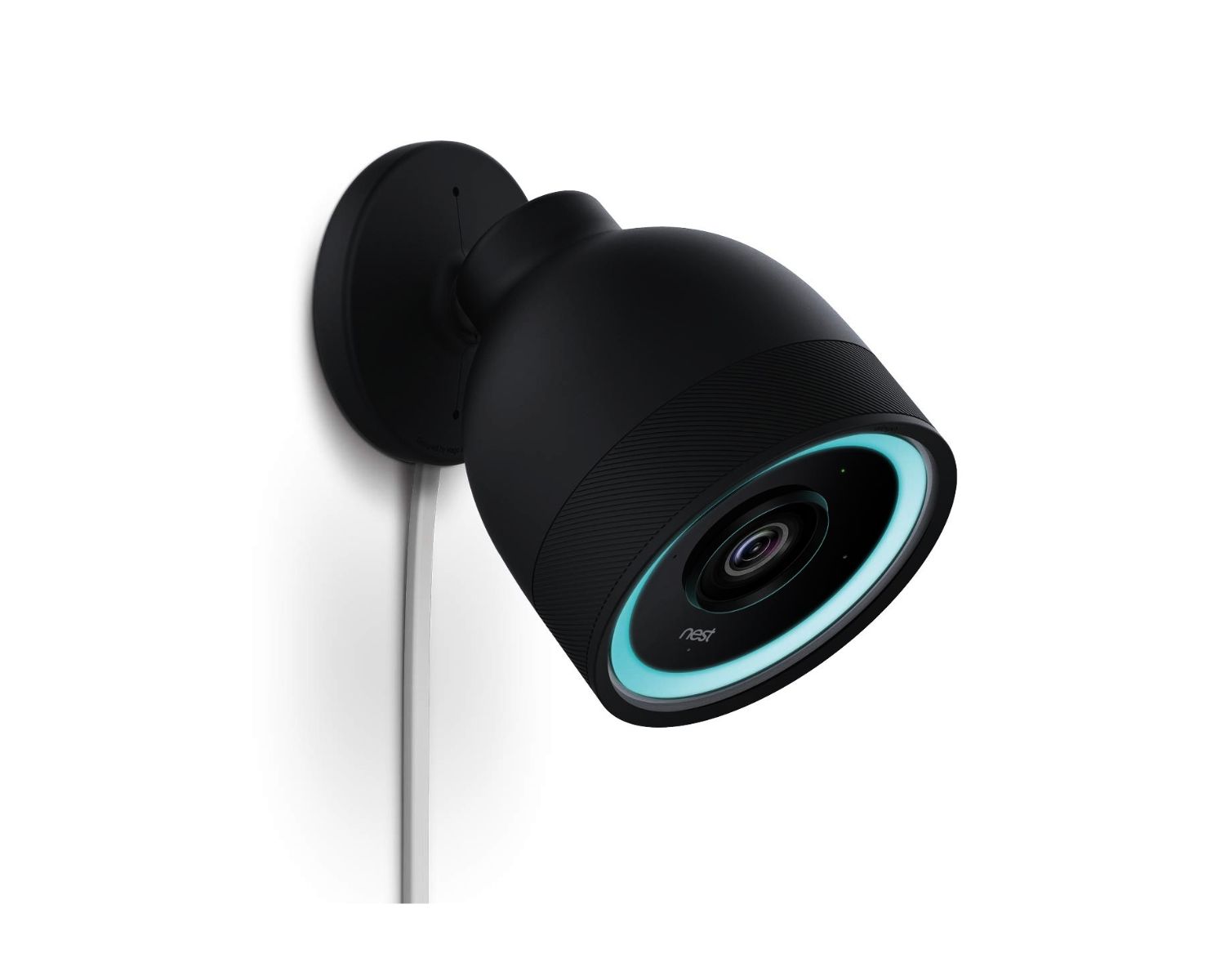
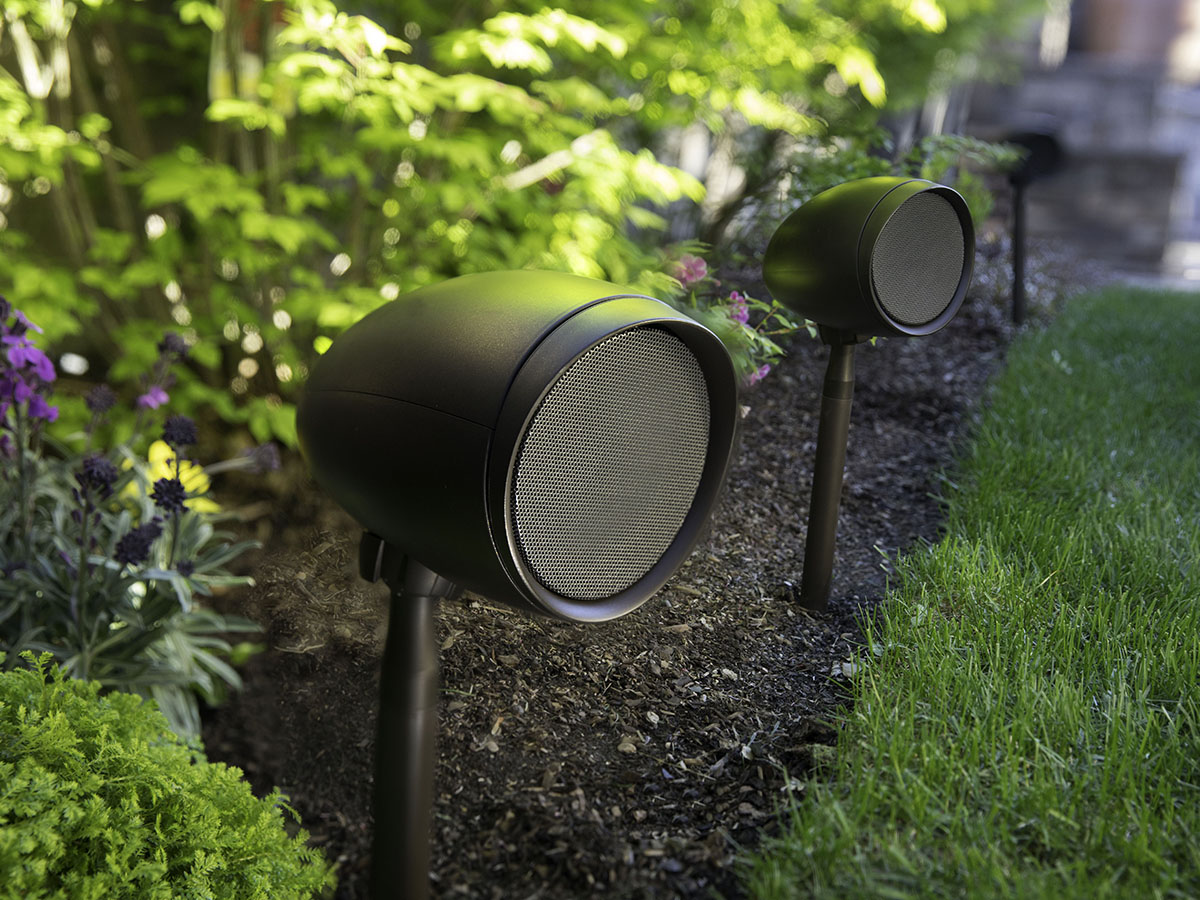
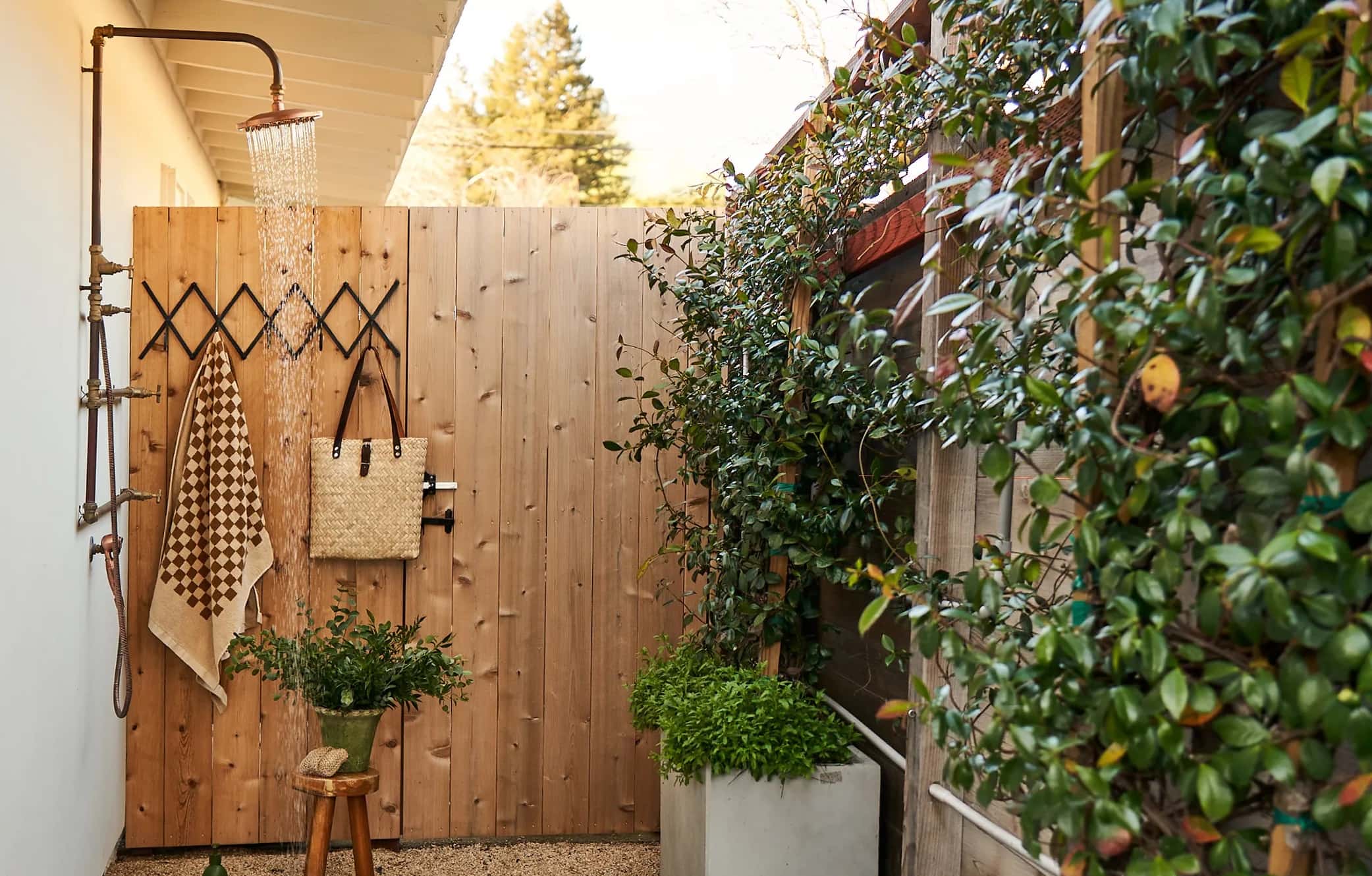
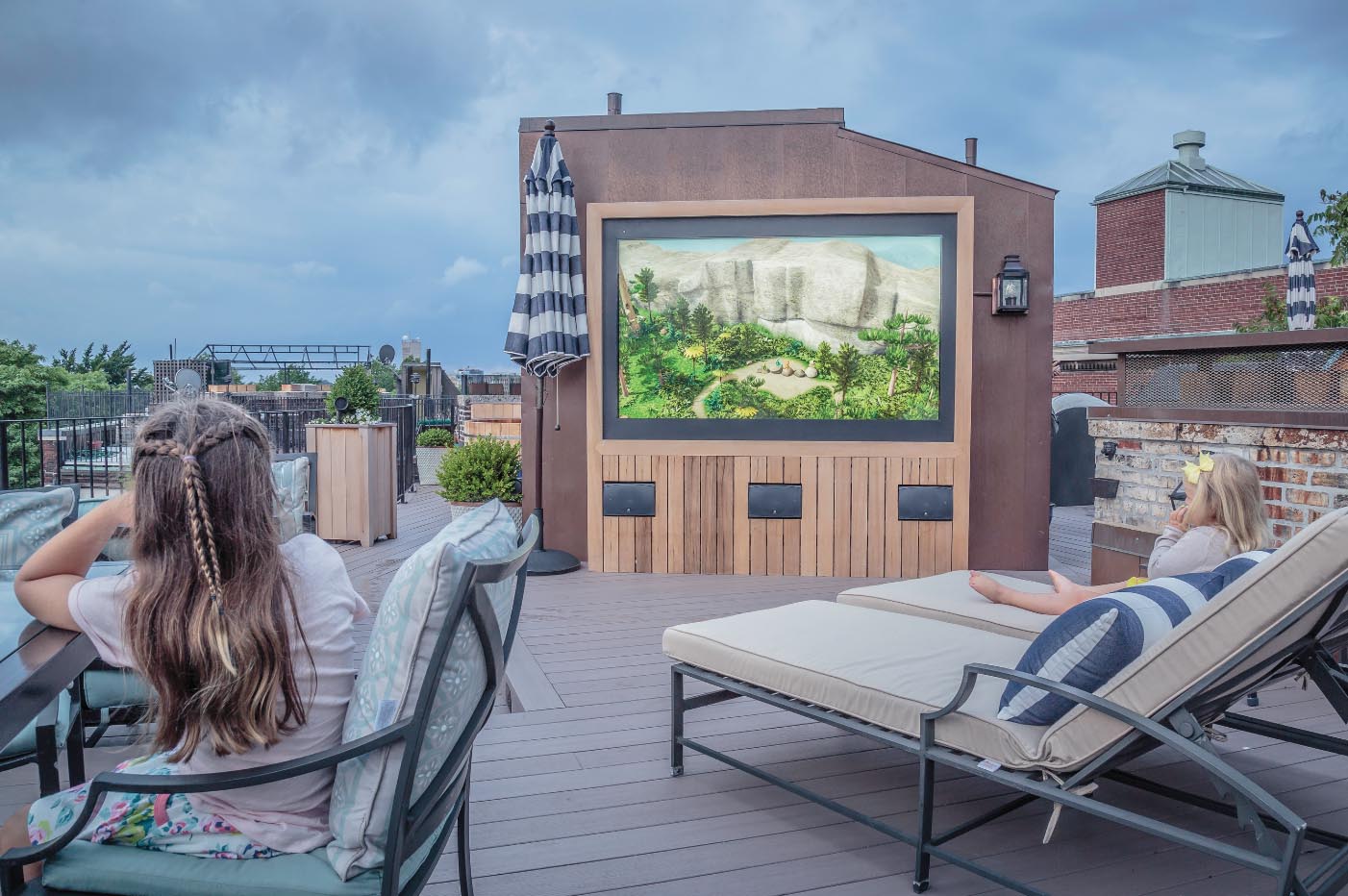
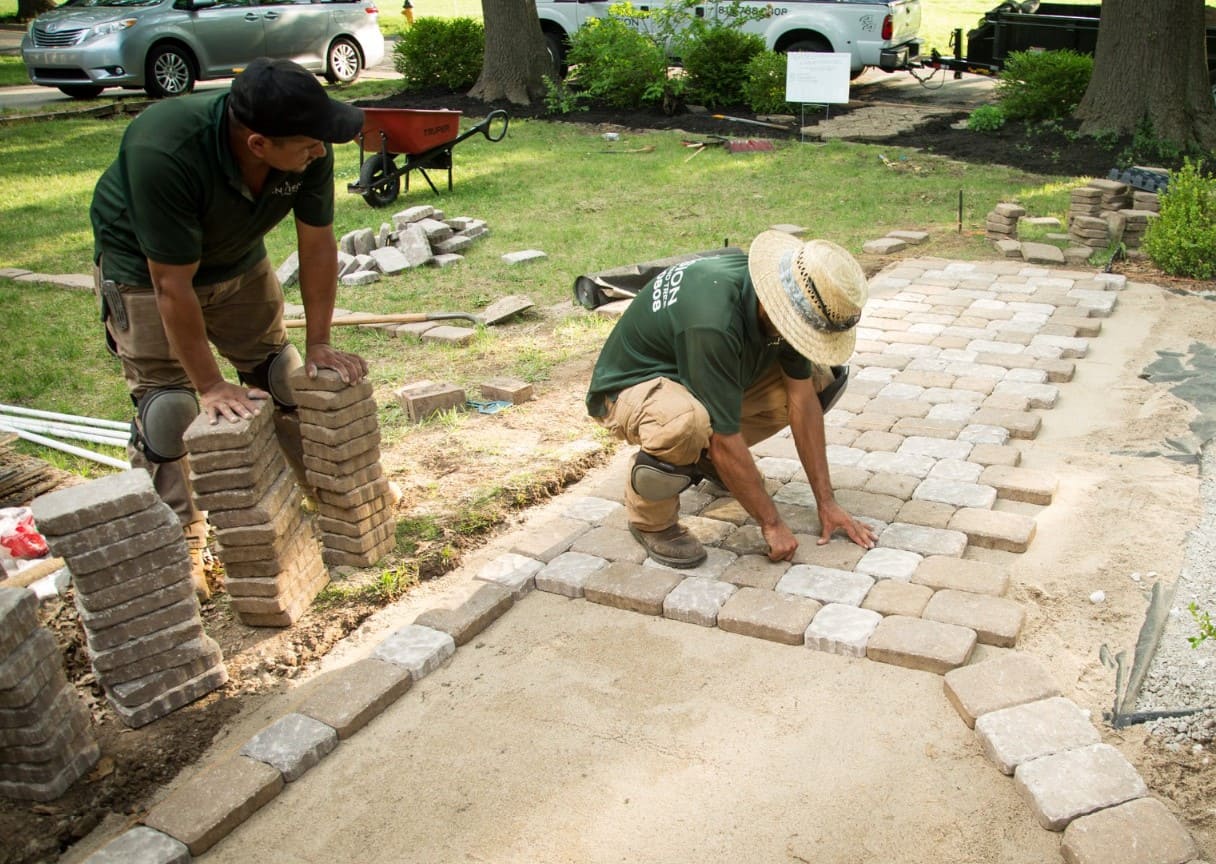

0 thoughts on “How To Install Outdoor Speakers”